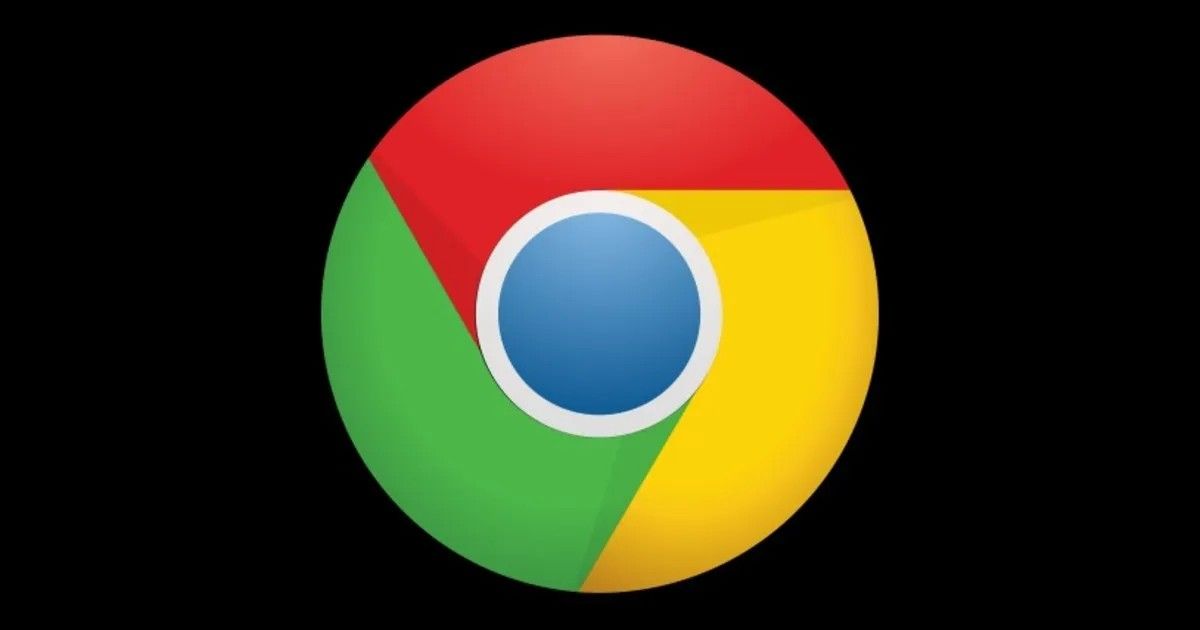Google Chrome has been one of the best desktop and mobile browsers for many years now. Over the past few months, Google has been planning to transition Chrome extensions to Manifest V3. Ever since the announcement was made last year, this has been marked as a controversial move by many because this new transition will make the ad-blockers on the Chrome browser useless and ineffective.
Manifest V3 is the newest iteration of the Chrome extension platform. Google says Manifest V3 extensions add enhancements in security, privacy, and performance. Now, in a blog post, Google has shared more on the transition to Manifest V3.
Google Chrome’s Transition to Manifest V3
Going by the timeline shared by Google, it looks like Manifest V2 will be phased out a year from now. While Google is promising more safety, privacy, and transparency with the new iteration, there has been one major black mark with this move that has made this move controversial.
Essentially, the new Manifest V3 is capable of making the ad blockers on the Chrome platform less effective and also useless. Although in Google’s defence, this move is to give more privacy and security, Chrome users won’t be happy with this move which makes the adblockers less effective.
What Does This Mean To End-Users?
Google has stated that starting in January (2023) in with Chrome 112, the company may start turning off Manifest V2 extensions in Canary, Dev, and Beta channels. Further, starting in June (2023) in Chrome version 115, it may run experiments to turn off support for Manifest V2 extensions in all channels including the stable channel, which most of the users are on.
Google has also asked developers who own extensions running Manifest V2 to complete the migration to Manifest V3 well ahead of the release of these Chrome versions. Extensions on V2 may stop working if the transition is not done before the aforementioned dates.
The biggest concern for end users at this point in time is that the new iteration will make all the ad blockers ineffective. A report from Arstechnica says, with V3, Chrome’s built-in solution forces ad blockers and privacy extensions to use the primitive solution of a raw list of blocked URLs rather than the dynamic filtering rules implemented by something like uBlock Origin.
Manifest V3 requires developers to use a declarativeNetRequest, which essentially forces them to use a blocklist of specific URLs. The main problem here is that the list of rules is limited to 30,000 entries and a normal ad block extension can come with upward of 300,000 entries.
Lastly, starting January 2023 Manifest V3 will become a prerequisite and in June 2023, the Chrome Web Store will no longer allow Manifest V2 items to be published. In January 2024, following the expiration of the Manifest V2 enterprise policy, the Chrome Web Store will remove all remaining Manifest V2 items from the store.
The post Google Shares More Details of Chrome’s Controversial Transition to Manifest V3 appeared first on MySmartPrice.
from MySmartPrice https://ift.tt/vX4liHn
No comments:
Post a Comment